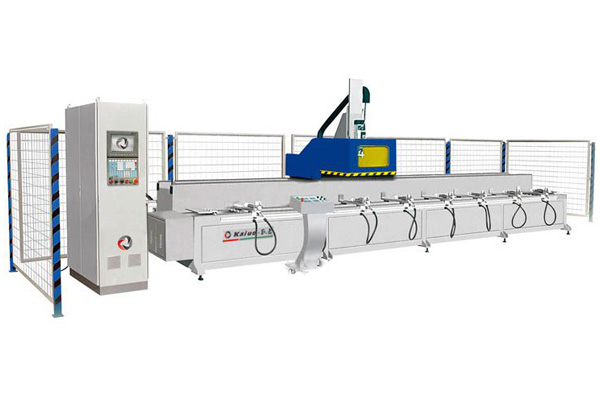
蘇州威利諾機械設(shè)備有限公司
聯(lián)系人:王經(jīng)理
手機:15906136866
電話:0512-68136800
傳真:0512-68136800
地址:吳中區(qū)橫涇鎮(zhèn)興巷路2-1號

The optimization design method is the design method to solve practical problems based on the principle of applied mathematics optimization. According to the design task, the design requirements are the most reasonable structure, the best work performance and the lowest cost. The main design variables are determined in various schemes, multi groups of parameters and various design variable towels so as to meet the optimal design requirements. In mechanical design, the optimal design is the determination of the best design plan and the determination of the best design parameters.


